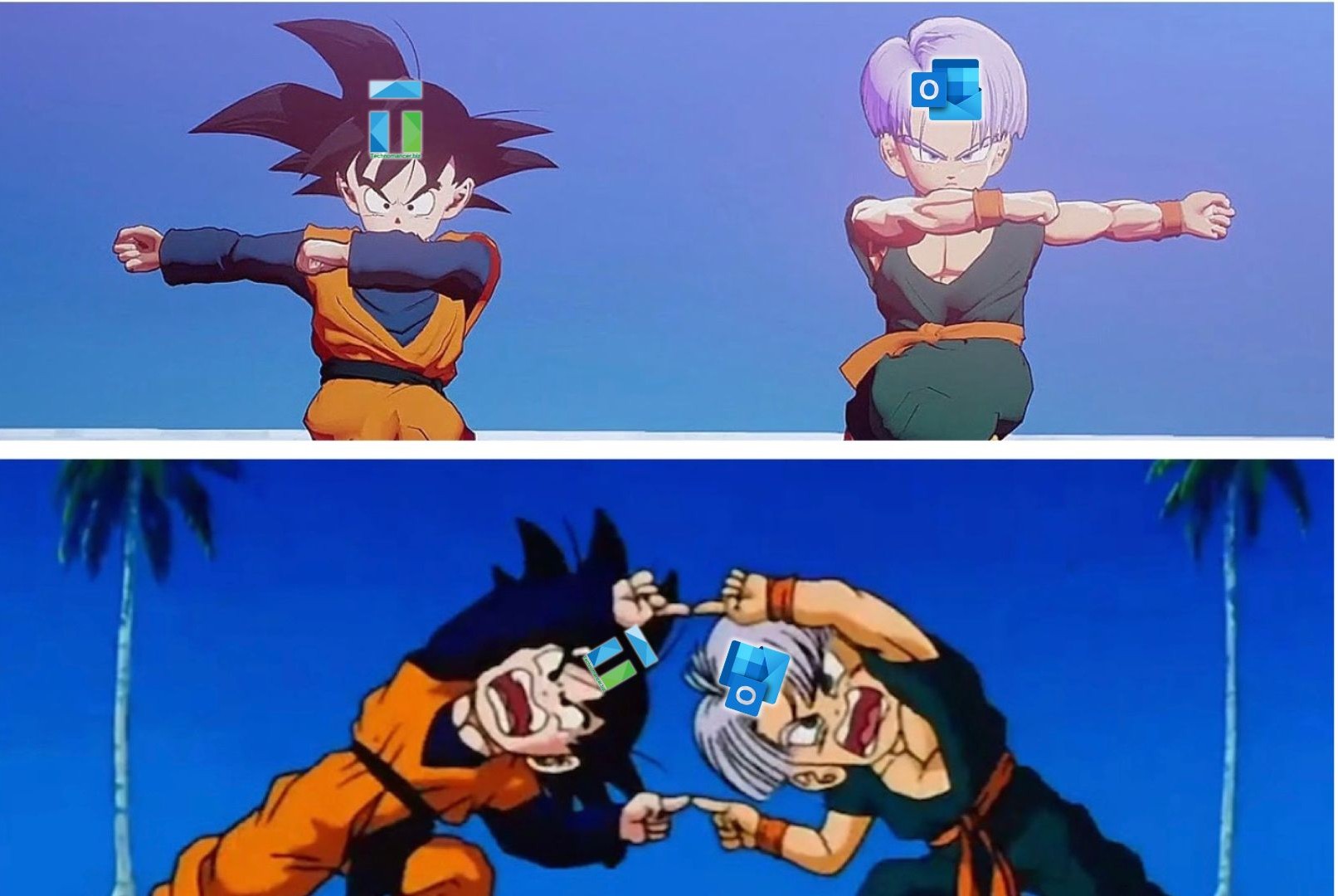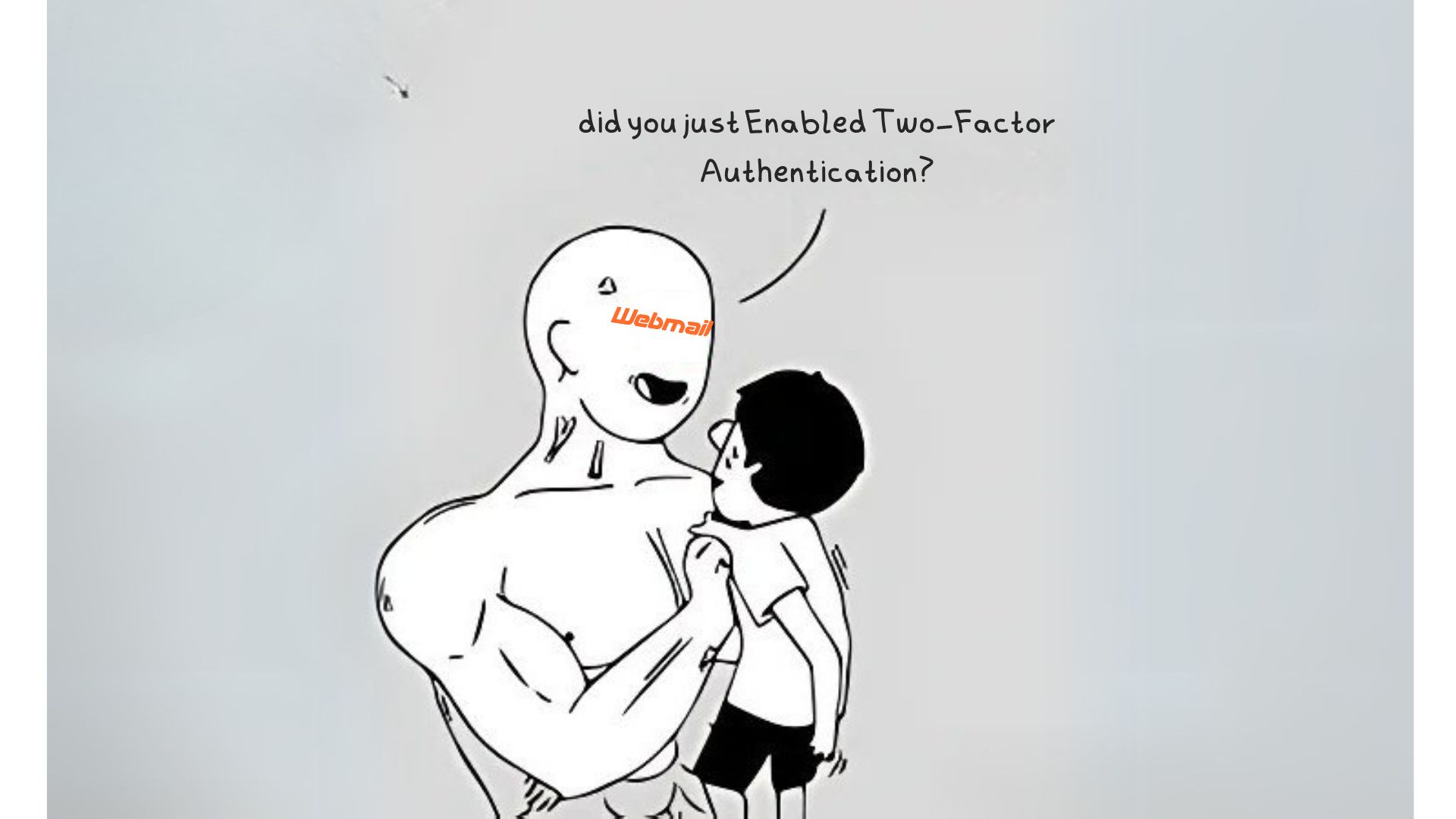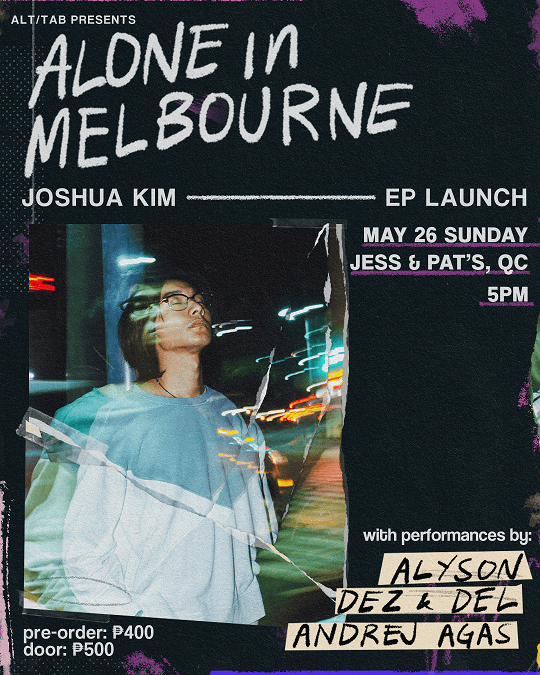
It happens quite frequently. Our client gives us their marketing material and we create elegant, beautiful, and easy-to-use website for them. We post their products online, put their products on e-commerce, and link their social media posts and videos to appear on their website.
They get some traffic, but they’d like more. Who wouldn’t? Then they inevitably ask if we do SEO. They also usually ask what is SEO?
So, for all our clients, here’s what SEO is.
SEO stands for Search Engine Optimization. Strictly speaking, SEO seeks to boost organic (unpaid) traffic to your website. But that really isn’t true anymore, as you’ll soon see. Almost everything needs to be paid for, in one way or another. Here are the different methods of boosting your website traffic, from least to most effective
1.a. Have relevant website content.
Your website has 4 main tags:
“og:url” - the website address. Pretty standard and usually a no-brainer.
“og:title” - the name of the page
“og:description” - a brief summary of the page’s content. It should be a brief description of our website.
“og:image” - a single image that represents that page.
Taken together, they come up with a quick summary of your page.
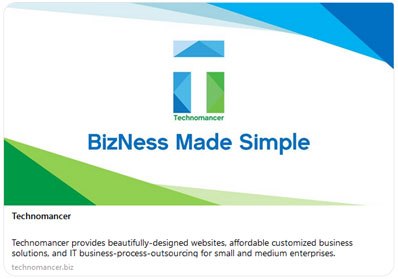
What should you put there? That’s up to you to decide.
Google and other search engines will automatically index your web page content and then decide, using a secret magic formula, what part of your website to use. You cannot see this formula, no one can. People can infer and guess, but that’s it. For example, Google decided to use our video instead, as the preview image.
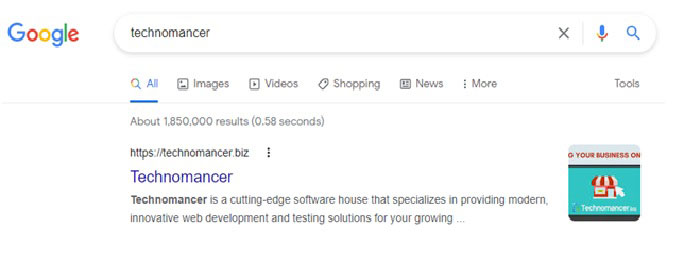
In addition to the tags, make sure the website looks good on all devices (responsive), loads quickly, and has SSL (encryption). Make sure your website is visible on social media, and that your social media pages are consistent and updated with your website. These are all things in your control, and are all basic, so there’s no reason not to do this.
1.b. Have compelling website content.
What’s compelling? Anything that will get people to come back and tell their friends about your website.
It can be many things: a well written article, an extremely badly written one, pictures of Putin drinking coffee in different cafes, car crash autopsy reports, the 10 secrets to success and #7 is just insane!, a funny joke, a politically incorrect and insensitive joke, a video of a 12-year-old who was abandoned as an infant and raised by cultists and overcame dyslexia and who now graduated Magna Cum Laude at 11 after surviving cancer now singing opera, puppies!.
2. Have other websites “talk about” (or link back) to your website.
If a “prestigious” website talks about your website, that adds to your page ranking. So if you can get on CNN or BBC and have them link to your page, you will suddenly get a lot of traffic. You’ll have to do something quite newsworthy, such as winning an olympic medal, curing cancer, solving nuclear fusion, writing a best-selling book, or winning the presidential election. Or you can be a relative of someone famous. Or something along those lines. So if you can be friends with these guys and get them to talk about your website, you’ll probably be on page 1 of the Google search immediately.
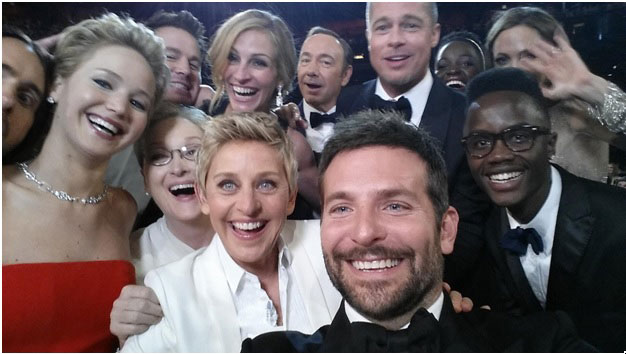
| Creepy/sad fact #1: This “impromptu” selfie was estimated at $1 Billion worth of “free” advertising. This will probably not happen for your website. |
For us lesser mortals, you can buy an award! For example, for just $3,000, you can get a backlink from a news website with 190,000 readers!
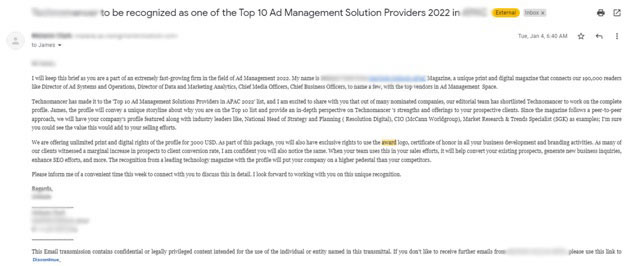
| Creepy/sad fact #2: Many awards/press releases you see have financial/political arrangements and are not strictly based on merit. |
You can also pay an influencer to link back to your website. You’ll probably have to pay them, provide them with one of your products or services, such as a free website, and maybe they’ll make a post like the following:

You can also hire a lot of people to link back to your website on public comment forums, such as by hiring a click farm. But, in all seriousness, please don’t do this. If search engines detect this, they ignore the spam links, and you just wasted your money.
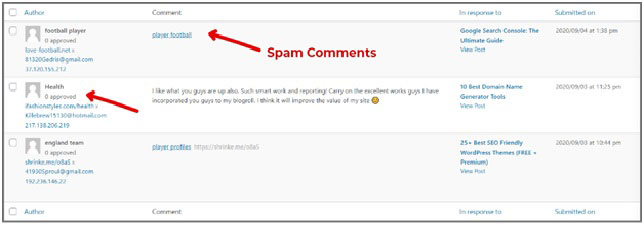
You can, if you are really lucky or good, create content that people want to share. This has been quite hard to do on purpose, and many companies end up buying these viral videos from the original owners. If you have a funny cat video that everyone wants to see, then everyone will post links about it, and suddenly your website will appear on the 1st page of Google.

3. Pay for boosting
Just pay search engines (such as Google) and social media platforms (such as Facebook) to show or prioritize your website. There is a whole industry to do this, namely deciding what keywords to pay for, how much to budget, who to market to, how long, and when. It can get very specific.
| Creepy/sad fact #3: It’s scary how much these companies know about you. They know how old you are, how much you make, where you go, your interests, your relationships, and your major life events. If you want to buy a car, you’ll see car ads. Welcome to the future. |
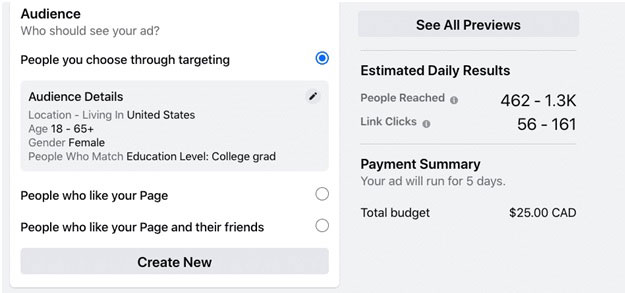
Some key words/industries are crowded, and you’ll have to pay more to appear on search results. So it can be a marketing strategy to appeal to a non-traditional demographic.
This can actually pay off if done well. If you can get enough people interested in your product, then it can become self-sustaining and cheaper over time!
| Creepy/sad fact #4: Search engines and social media limit organic search. There are several reasons for this, mostly because there’s just too much content. But the end result is that you will probably never organically become viral without paying for boosting. It can still happen, but almost never completely organically. You will have to boost. |
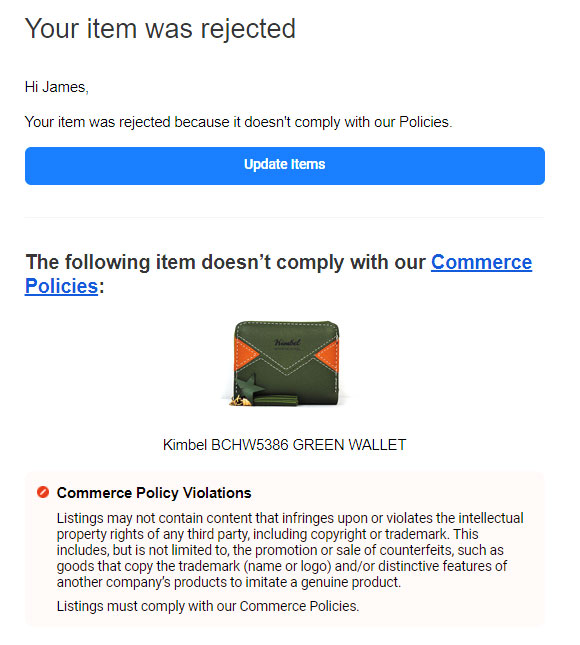
| Creepy/sad fact #5: You do not own your social media account. Your content or your account can get rejected, suspended, or outright banned. A couple of our clients have had their accounts banned. One permanently, and some for a weeks while their case was being reviewed, which meant that customers would just see a suspended page and would naturally come to their own conclusions. |
4. All of the above
The best way to drive traffic to your website is all of the above. Make sure your website looks good, loads well, contains the content you want to deliver, and communicates with your customers well. Make a video or post that you feel will help sell your product, should it get shown to people.
And then boost that video or post. If your content is bad, nobody will care. But if your content is good, more people will share it organically, and that’s additional free advertising. And the more you establish your brand in people’s mind space, either through ads or word-of-mouth, then the more naturally that will bump up your website ranking. This requires a great marketing effort. We can help with the technical parts of your SEO effort. And when it all comes together, it’s magic!
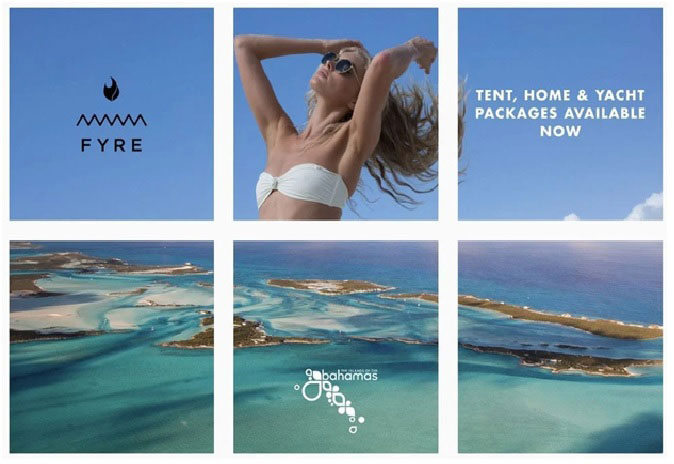
Above is an example of one of the best coordinating marketing/website/social media campaigns and it brought in millions of dollars in ticket sales despite not really having a viable product!
The actual festival was a complete disaster and has numerous documentaries about it. But the marketing was amazing!
